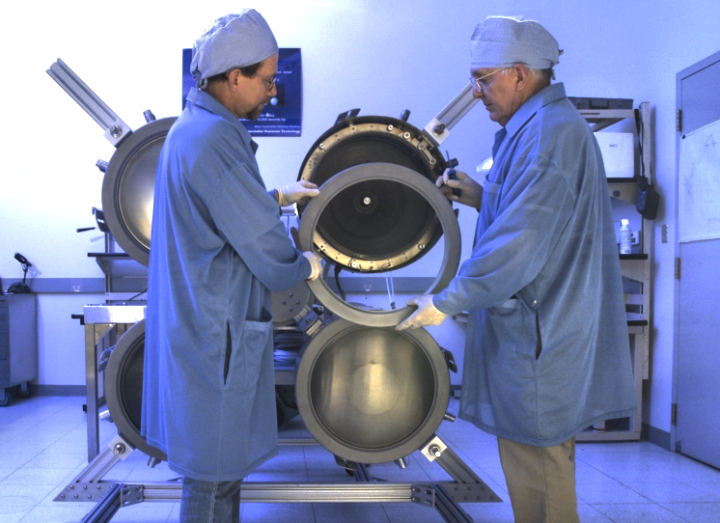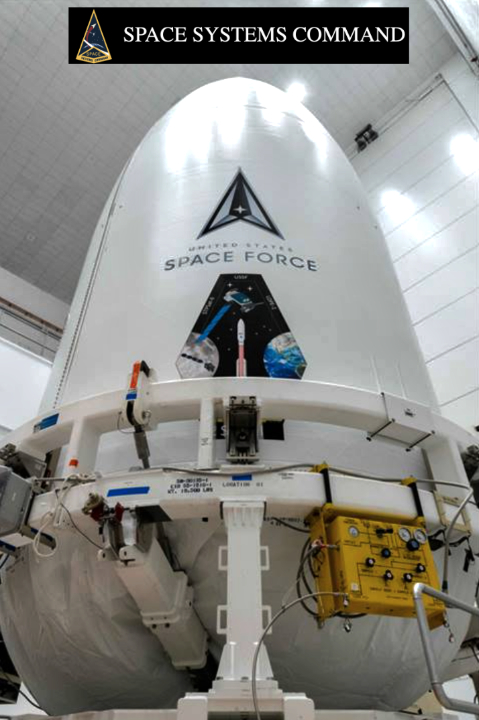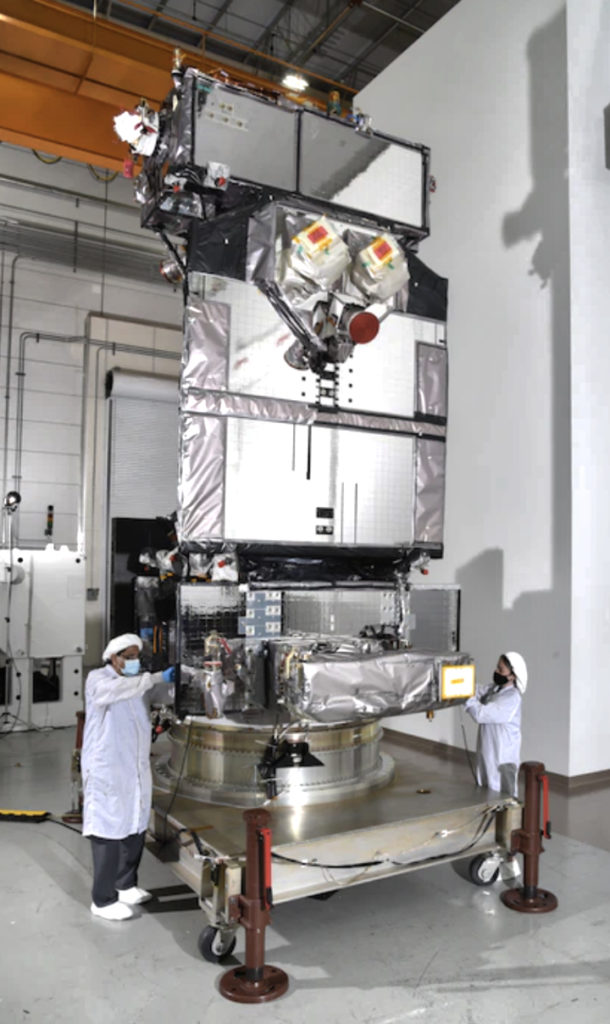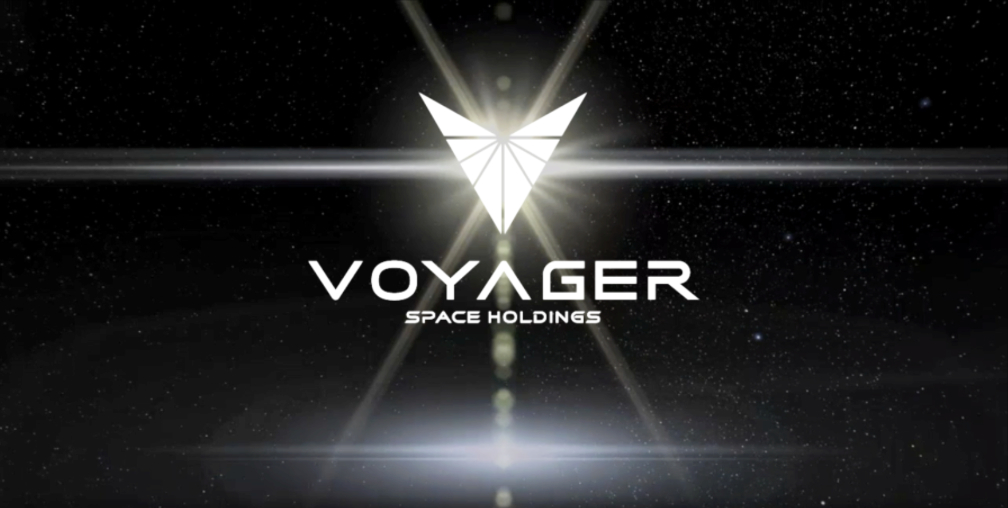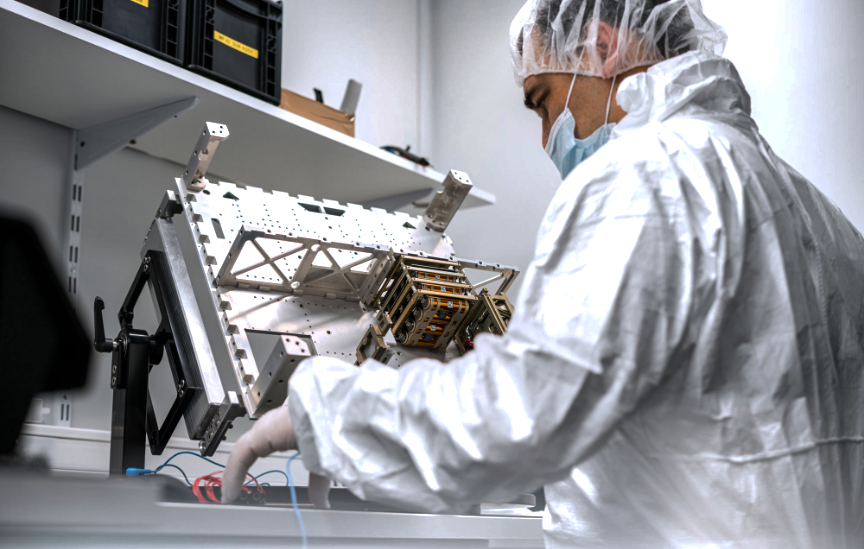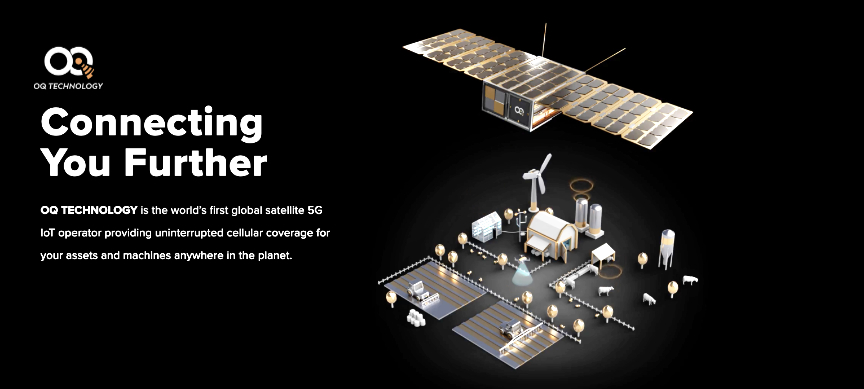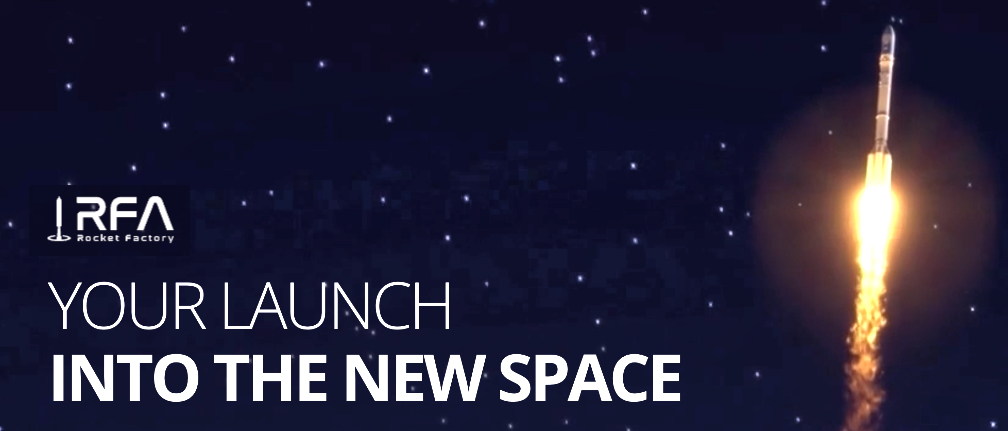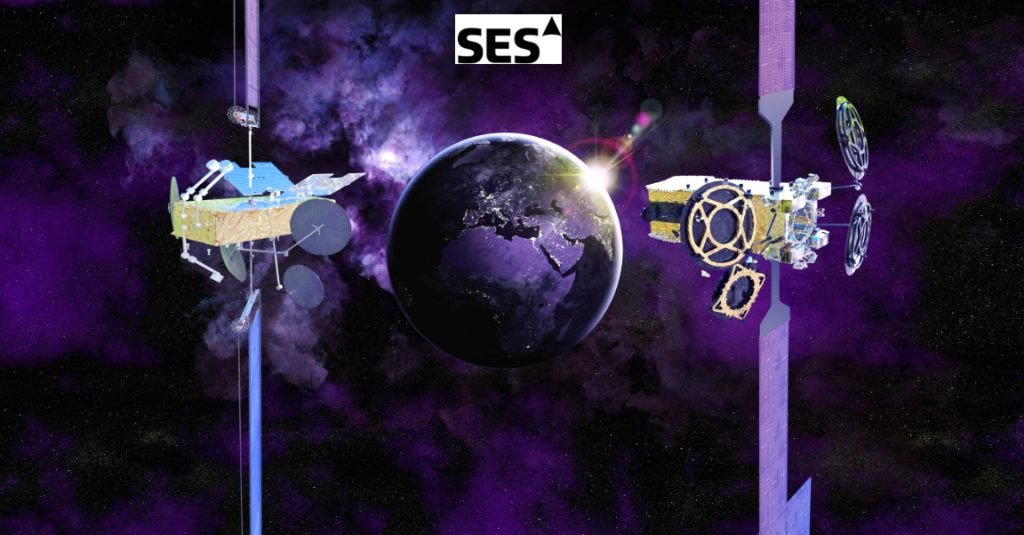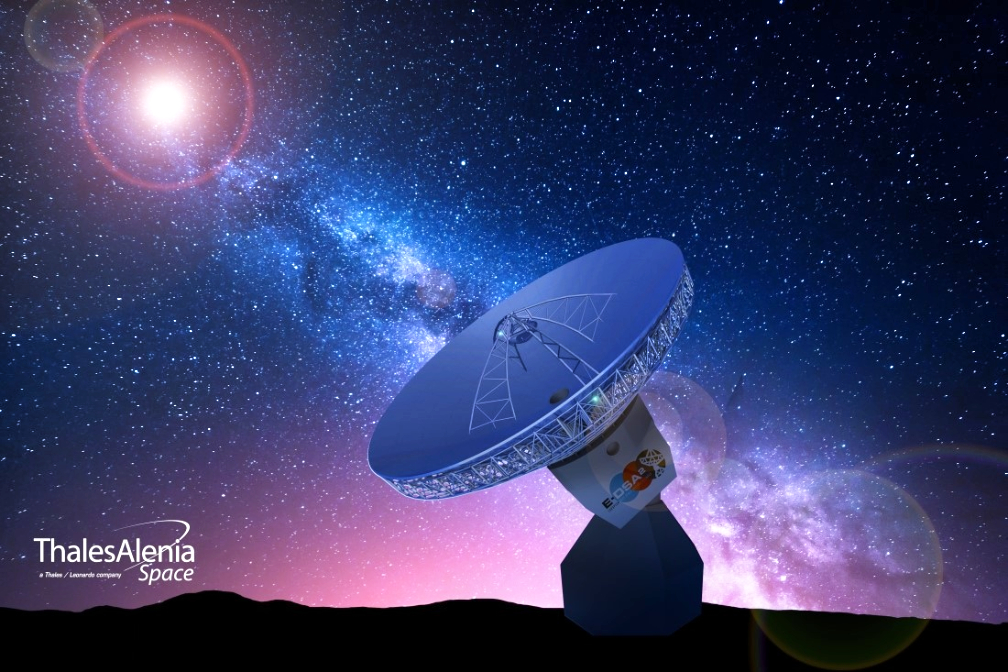
On Thursday, December 2 (CET), another two Galileo navigation satellites will be launched by Arianespace from Kourou in French Guiana aboard a Soyuz rocket. This will raise the number of Galileo satellites in orbit from currently 26 to 28. All OHB System-built Galileo satellites use products from RUAG Space.
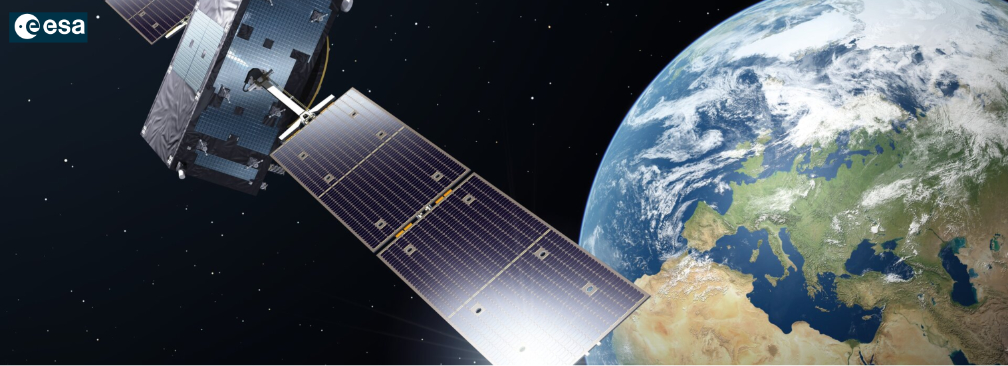
RUAG Space supplied the onboard computer that controls and monitors the payload of the Galileo satellites and many other subsystems. The computer also monitors the satellite status, such as temperature, to ensure that the satellites are fully functional. Furthermore, RUAG Space delivered the mission antenna for the Galileo satellites. The antenna is used to upload mission data for the onboard signal generators.
Once on-orbit, the Galileo satellites are protected from the 400 degrees Celsius temperature-differences it would experience on their hot sun-facing side and cold space-looking side by a thermal insulation from RUAG Space. This highly efficient insulation consists of several layers of metal-evaporated polyimide film. The sun is also the main power source of the satellites in orbit. To optimally align the solar array panels towards the sun rotating drive mechanisms are necessary. RUAG Space produced these mechanisms for the Galileo satellites.
The European Galileo satellites will be sent to space via a Soyuz rocket. The dispenser from RUAG Space is a supporting structure that will hold the twin satellites firmly in place under the Soyuz fairing during launch. Some four hours into flight at an altitude of 23000 km., the dispenser will deploy the satellites into orbit by firing a pyrotechnic separation system. A distancing system ensures their release in opposing directions from the dispenser.
The dispenser has a structural mass of 150 kg. and carries and separates two Galileo satellites – each one weighing 700 kg. – into orbit. Since around 40 years RUAG Space develops and produces separation systems at its site in Linköping, Sweden. Dispenser systems from RUAG Space are especially suitable for spacecraft constellations, where a large number of spacecrafts need to be placed in orbit in a short time frame.
The European Navigation System Galileo is created by the European Union through the European Space Agency (ESA) and operated by the European Union Agency for the Space Program. Galileo is a civil satellite navigation system that provides global positioning, navigation and timing. With at least four satellites constantly visible to the user, positioning becomes much more accurate than with previous systems, down to a meter.
The Galileo system also provides a new global search and rescue service, which will be used for locating distressed people, such as a person lost in the desert. RUAG Space contributes electronics to this Galileo search and rescue service. When Galileo search and rescue is in full operation, the time to detect a person who has disappeared at sea or in the mountains will be shortened from three hours to just ten minutes after activating an emergency transmitter.
“We have played an important role in building the European Galileo navigation system from day one,” said Luis De León Chardel, Executive Vice President at RUAG Space, which supplied a range of mission critical mechanical, thermal and electronics products to the satellite builder OHB System AG in Bremen, Germany.
“This data is used to improve the satellite’s position, which is essential for everyone to have good positioning data for your phone, car or clock,” said Anders Linder, Head of the global satellites business of RUAG Space.






